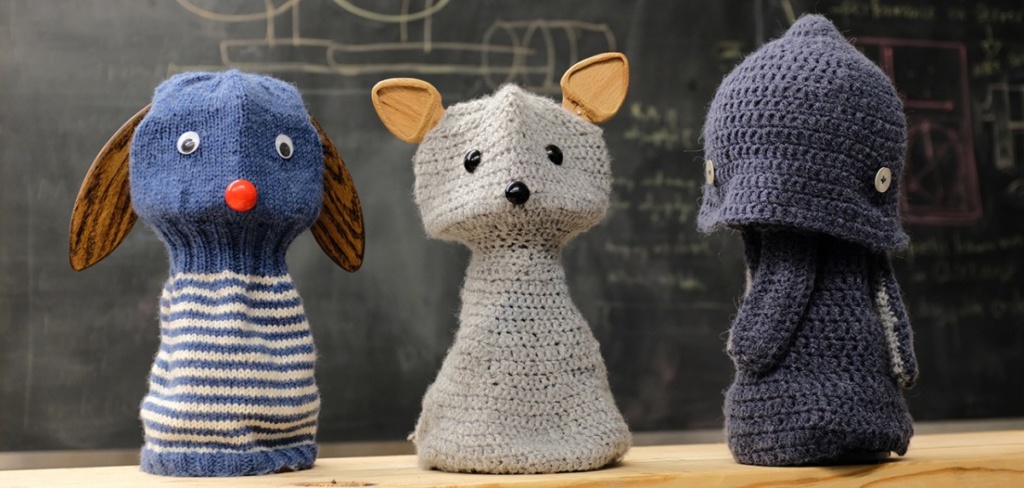模型:
timm/eca_nfnet_l2.ra3_in1k
 英文
英文eca_nfnet_l2.ra3_in1k 模型卡片
ECA-NFNet-Lite(轻量级 ECA 注意力的 NFNet)图像分类模型。由 Ross Wightman 在 timm 中训练。
标准化自由网络(Normalization Free Networks)是(预激活的)类 ResNet 模型,没有任何标准化层。它们使用缩放的权重标准化,并根据信号传播分析在残差路径和非线性方面特别放置标量增益,而不是使用批标准化或替代方法。
Lightweight NFNets 是 timm 的特定变体,将 SE 和瓶颈比例从 0.5 改为 0.25(降低宽度),并在保持相同深度的同时使用更小的分组大小。使用 SiLU 激活函数代替 GELU。
此 NFNet 变体还使用了 ECA(高效通道注意力),而不是 SE(Squeeze-and-Excitation)。
模型细节
- 模型类型:图像分类 / 特征骨干
- 模型统计信息:
- 参数数量(百万):56.7
- GMACs:21.0
- 激活数量(百万):47.4
- 图像尺寸:训练 = 320 x 320,测试 = 384 x 384
- 论文:
- High-Performance Large-Scale Image Recognition Without Normalization: https://arxiv.org/abs/2102.06171
- Characterizing signal propagation to close the performance gap in unnormalized ResNets: https://arxiv.org/abs/2101.08692
- 原始论文: https://github.com/huggingface/pytorch-image-models
- 数据集: ImageNet-1k
模型用法
图像分类
from urllib.request import urlopen
from PIL import Image
import timm
img = Image.open(urlopen(
'https://huggingface.co/datasets/huggingface/documentation-images/resolve/main/beignets-task-guide.png'
))
model = timm.create_model('eca_nfnet_l2.ra3_in1k', pretrained=True)
model = model.eval()
# get model specific transforms (normalization, resize)
data_config = timm.data.resolve_model_data_config(model)
transforms = timm.data.create_transform(**data_config, is_training=False)
output = model(transforms(img).unsqueeze(0)) # unsqueeze single image into batch of 1
top5_probabilities, top5_class_indices = torch.topk(output.softmax(dim=1) * 100, k=5)
特征图提取
from urllib.request import urlopen
from PIL import Image
import timm
img = Image.open(urlopen(
'https://huggingface.co/datasets/huggingface/documentation-images/resolve/main/beignets-task-guide.png'
))
model = timm.create_model(
'eca_nfnet_l2.ra3_in1k',
pretrained=True,
features_only=True,
)
model = model.eval()
# get model specific transforms (normalization, resize)
data_config = timm.data.resolve_model_data_config(model)
transforms = timm.data.create_transform(**data_config, is_training=False)
output = model(transforms(img).unsqueeze(0)) # unsqueeze single image into batch of 1
for o in output:
# print shape of each feature map in output
# e.g.:
# torch.Size([1, 64, 160, 160])
# torch.Size([1, 256, 80, 80])
# torch.Size([1, 512, 40, 40])
# torch.Size([1, 1536, 20, 20])
# torch.Size([1, 3072, 10, 10])
print(o.shape)
图像嵌入
from urllib.request import urlopen
from PIL import Image
import timm
img = Image.open(urlopen(
'https://huggingface.co/datasets/huggingface/documentation-images/resolve/main/beignets-task-guide.png'
))
model = timm.create_model(
'eca_nfnet_l2.ra3_in1k',
pretrained=True,
num_classes=0, # remove classifier nn.Linear
)
model = model.eval()
# get model specific transforms (normalization, resize)
data_config = timm.data.resolve_model_data_config(model)
transforms = timm.data.create_transform(**data_config, is_training=False)
output = model(transforms(img).unsqueeze(0)) # output is (batch_size, num_features) shaped tensor
# or equivalently (without needing to set num_classes=0)
output = model.forward_features(transforms(img).unsqueeze(0))
# output is unpooled, a (1, 3072, 10, 10) shaped tensor
output = model.forward_head(output, pre_logits=True)
# output is a (1, num_features) shaped tensor
模型比较
在 timm 中探索此模型的数据集和运行时指标 model results 。
引用
@article{brock2021high,
author={Andrew Brock and Soham De and Samuel L. Smith and Karen Simonyan},
title={High-Performance Large-Scale Image Recognition Without Normalization},
journal={arXiv preprint arXiv:2102.06171},
year={2021}
}
@inproceedings{brock2021characterizing,
author={Andrew Brock and Soham De and Samuel L. Smith},
title={Characterizing signal propagation to close the performance gap in
unnormalized ResNets},
booktitle={9th International Conference on Learning Representations, {ICLR}},
year={2021}
}
@misc{rw2019timm,
author = {Ross Wightman},
title = {PyTorch Image Models},
year = {2019},
publisher = {GitHub},
journal = {GitHub repository},
doi = {10.5281/zenodo.4414861},
howpublished = {\url{https://github.com/huggingface/pytorch-image-models}}
}




















